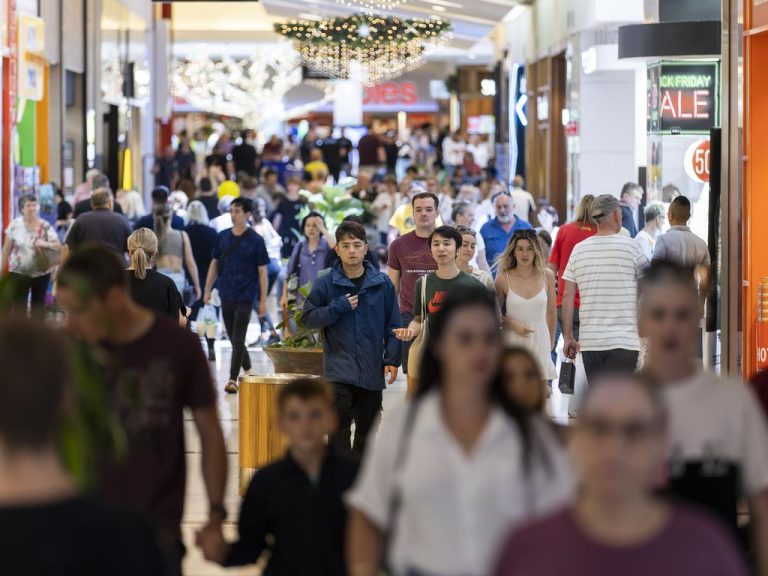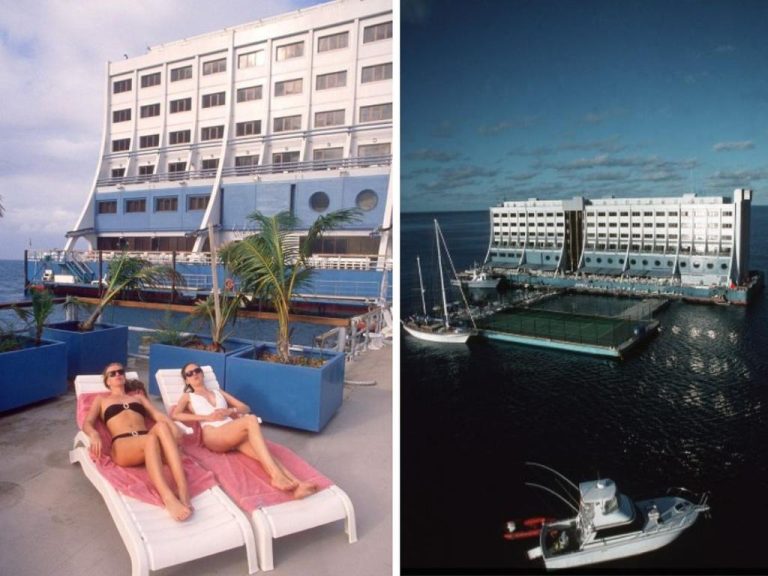Sydney Chinatown gets council funding for ‘chef’s gallery’ renovations
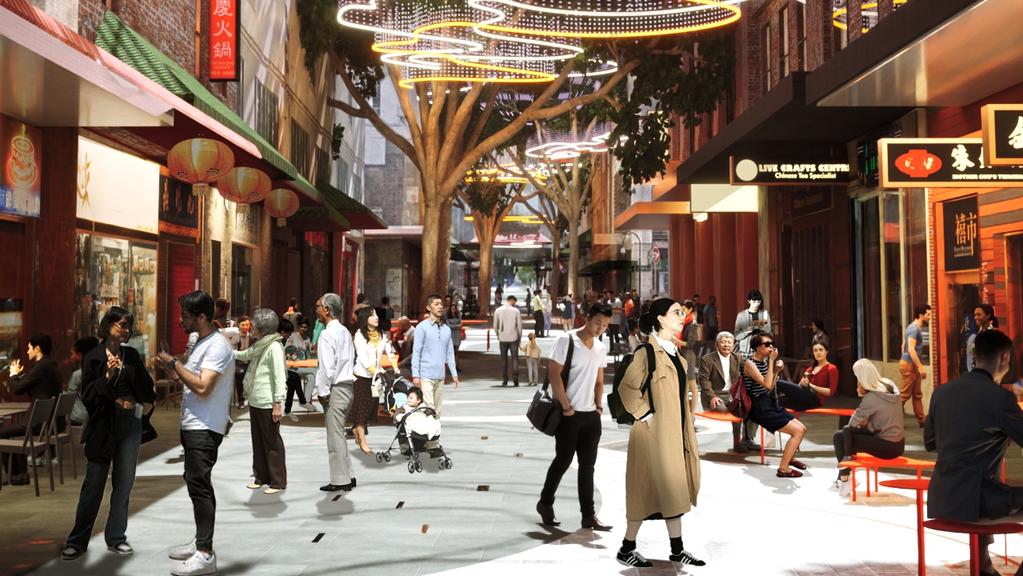
Chinatown is set for a facelift with the help of City of Sydney funding. Picture: Supplied
The City of Sydney has backed a “chef’s gallery” style upgrade for Chinatown as it committed new funding to revitalise the area under a dollar-for-dollar match campaign.
The council unveiled plans to bring the “theatre of food preparation” to the street by funding renovation works that would allow restaurants to showcase the cooking and preparation of food to commuters along the iconic Dixon Street.
Restaurants and businesses that take up the food theatre renovation offer will be able to receive up to $60,000 in matched funding from the council.
Other funding priorities include the renovation of signs, neon lighting, and windows or awnings, for which eligible projects will be able to receive matched funding of up to $20,000.
Projects involving upper-storey works, including external repairs, new paint, neon signage and the installation of street art, will also have the chance to receive up to $60,000 in matched funding.
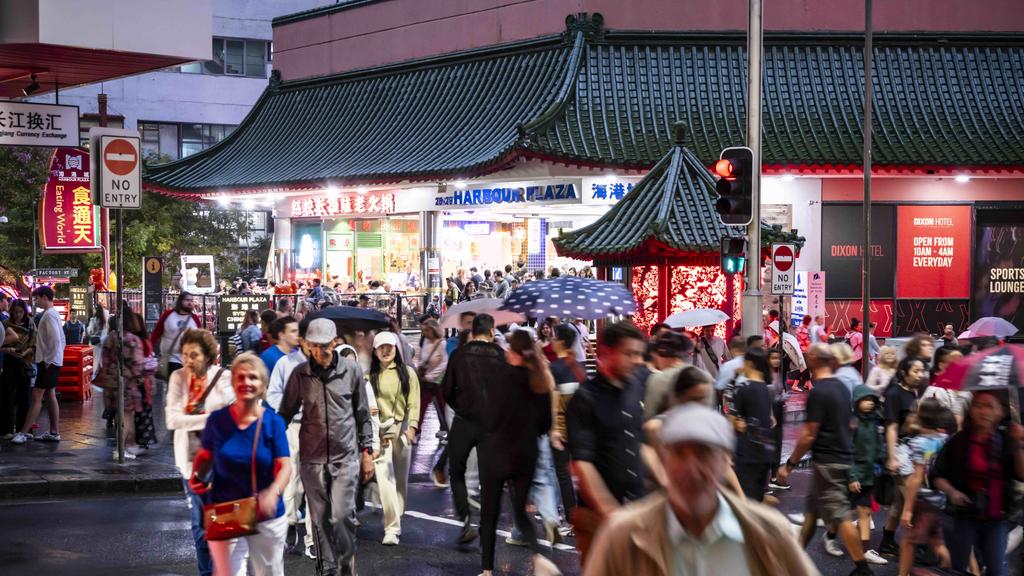
Chinatown is bustling during Lunar New Year festivities in February. Picture: Monique Harmer/NCA NewsWire
The funding was welcomed by local initiatives, including Haymarket Alliance, whose manager Kevin Cheng told The Australian that the area had been in need of work for a long time.
“Dixon Street is the heart of Chinatown, but it’s been crying out for some investment for many years,” he said.
Mr Cheng also runs Soul of Chinatown with Peter and Hayden Wong, a not-for-profit organisation that advocates for the area’s heritage.
City of Sydney had been consulting with Mr Cheng, community leaders and architects and designers for at least a year on the funding concept, which originally only included support for food theatre works.
“From the Alliance’s point of view, we value that a lot, and we see there’s been a really focused effort from the City’s behalf to consult with Chinatown,” Mr Cheng said.
“It just goes to show, honestly, the work that’s been put in, from being presented with the initial big-picture idea of a chef’s gallery to what they’ve fleshed it out to be.”
A City of Sydney spokeswoman said the council would run the upgrade campaign until July 2027, or until the funding ran out.
“The City of Sydney will contribute $1.2m to the new Dixon Street improvements grant program,” the spokeswoman said.
“Grant applicants are required to match the funding amount.”
Restaurateur Alan Chu, who owns Mother Chu in Chinatown, said he was considering applying for the second grant.
Mr Chu said he thought some businesses might struggle to secure permission from the owners of the buildings they operated from.
He also believed a full chef’s gallery-style renovation would require the complete overhaul of a shop’s exhaust system, among other resources, and would likely cost more than $60,000.
“I think with design, building materials and labour it will far exceed the amount that the grant provides funding for,” he said.
Anthony Ho, the director of Sydney-based architecture and design firm Basalt Studio, was one of several designers keen to help build and redesign restaurants in the area.
Basalt Studio is a joint venture by Mr Ho and his sister, Fiona. The siblings are responsible for the designs of some of Sydney’s best Asian restaurants, including the largest hot pot restaurant in the southern hemisphere, YX Hotpot, in Sydney’s Eastwood, as well as the entire precinct of Burwood Chinatown, in the city’s inner west.
While Mr Ho’s firm was responsible for many of the modern Asian restaurants in Sydney, he said people shouldn’t underestimate its ability to deliver in other design styles.
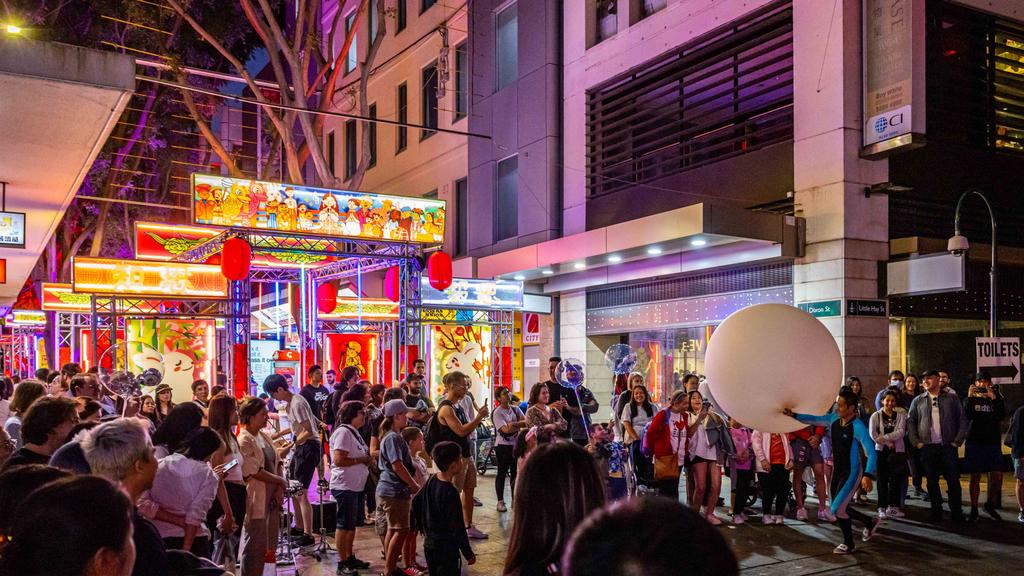
Street entertainers attract crowds in Chinatown during Lunar New Year. Picture: City of Sydney
Mr Ho said he had some grand plans in mind and would love to help revitalise the area.
He was also confident he could achieve chef’s gallery-style renovations with the funding provided.
“The traditional role of a Chinatown was the landing spot for migrant Chinese, with family who lived there, support networks and the things that made you feel like you were at home, and food was one of them,” he said.
“I’d love to see more integration between the businesses and the public domain. One of the biggest things that can happen there is that it needs to feel like a city in itself.”
The City of Sydney’s funding will come from its Haymarket and Chinatown revitalisation strategy, one of several in the area, including a $43.5m plan to spruce up Haymarket.
That plans include the extension of Sydney’s Thai Town, which the City of Sydney plans to expand from its original home on Pitt St – between World Square and Belmore Park – onto a small strip in front of Capitol Theatre on Campbell Street in front of Pitt Street and George Street.
On the other side of George Street, the council plans on removing one of two lanes on Harbour Street, which divides Chinatown and Darling Square. That removal has been largely welcomed as the entrance to Harbour Street, off Hay Street, is accessible by a single lane on Sussex Street.

